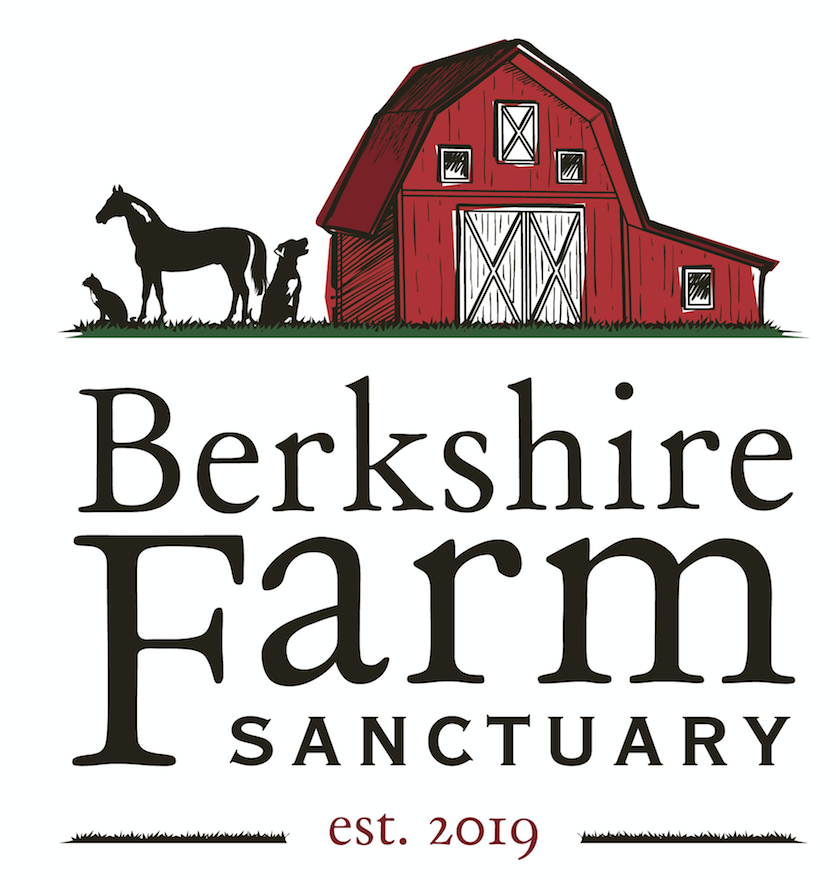Let’s Talk Turkey!
Turkeys are from the family of Phasianidae, which include pheasants, partridges, francolins, junglefowl and grouse.
Turkeys are native to the Americas. It is reported that turkeys were first domesticated in Central America around 800 B.C. for meat, and indigenous North Americans began using turkey feathers in robes and blankets around 200 B.C. Turkeys got their name from the first Europeans who saw them as they thought the birds were relatives to the guinea fowl which were imported into Europe from Turkey and known as “turkey fowl”.
There are two primary species of turkeys. There is the wild turkey (Meleagris gallopavo), which is the same species as the domesticated turkey in the United States. Wild turkeys can be found in every state except Alaska.
The second is known as the Ocellated Turkey (Meleagris ocellata), an endangered bird that is native to the Yucatan Peninsula of Mexico. The two species had originally been classified separately, but because they are so similar, they were placed into the same genus.
n the US, the estimated number of turkeys raised on farms in 2021 was 214 million. According to the National Wild Turkey Foundation, there are roughly 6.2 million turkeys in the wild in the US, and for the Ocellated Turkeys, due to the difficulty in obtaining reliable data, it is estimated that 20,000 to 50,000 currently living in the wild.
A male turkey is called a "tom" or "gobbler”; a female turkey is called a "jenny" or "hen"; and a baby turkey is called a "chick" or "poult".
A group of turkeys is called a "rafter" or "flock".
Every turkey has a unique voice, and they communicate using nearly 30 distinct vocalizations. Male turkeys are the only ones that “gobble" and can be heard a mile away!
The color of a turkey's head changes color and reflects their mood, especially with males.
The fleshy growth covering a male's beak is called a "snood”, while the flap of skin hanging from a turkey's chin is called a "wattle".
Turkeys are omnivores. Wild turkeys eat mostly eat seeds, grains, nuts, fruits, vegetables, and insects, but will eat fish, snails, and lizards. Domestic turkeys, enjoy the same food as wild turkeys, however domestic farm-raised turkeys are usually fed commercial-grade feed for weight and size. If allowed to roam and forage, captive turkeys will eat insects and seeds.
Wild turkeys are agile birds that can run up to 25 miles per hour and fly short distances up to 55 miles per hour. Sadly, most domestic birds are bred to grow very large for food, making it impossible for them to run or fly.
Turkeys have incredible vision and see in color. It is thought that turkeys see about 3 times better than humans! A turkey’s eyes are on the sides of their heads, giving them peripheral vision. They can see 270-degree field of view, which is great for spotting predators. They just don’t see well at night.
Male turkeys have a "beard”, which is a clump of fine, fibrous feathers that grow from their chest, and looks more like a horse's tail than feathers.
A female turkey can lay 100 eggs in a year.
Male turkeys are larger than females, and when it comes to feathers, wild male turkeys have more vibrant colors. Wild turkeys have 5000 – 60000 feathers, with male turkeys having 18 tail feathers that make up their impressive fan, which they will open and spread-out during mating season.
Domestic turkeys are normally white in color, which is intentional part of domestication because white pin feathers are less noticeable on the carcass of birds for human consumption.
Turkeys are highly intelligent, affectionate, sensitive, and social animals. They form strong lifelong friendships and show affection towards other turkeys in their flock, as well as with humans. Turkeys docile and loving and like to play. They enjoy having their feathers stroked and like listening to music, which they will often sing along (loudly) to.
How you can help turkeys
Turkeys have no federal legal protections and spend their short lives being treated cruelly and inhumanely, from birth to death. Turkeys that are raised in factory farms only live 3-5 months, whereas wild turkeys live up to 10 years. And, unlike their wild, free roaming cousins, turkeys raised for human consumption are packed into dark sheds with no more than 3.5 square feet of space per bird and are denied even the simplest pleasures, such as running, building nests, raising their young or even enjoying fresh air and warm sunshine.
What can you do for turkeys? Ask questions, read and do research and educate yourself and others. Learn about turkeys and what is being done to try and change laws to better the lives of these gentle birds. If you or your family eat turkey, get it from a local farm where they are more humanely treated, better yet… get a vegan turkey, then no one suffers.
Please, get involved and show your compassion for turkeys by making the world a better place for turkeys.





